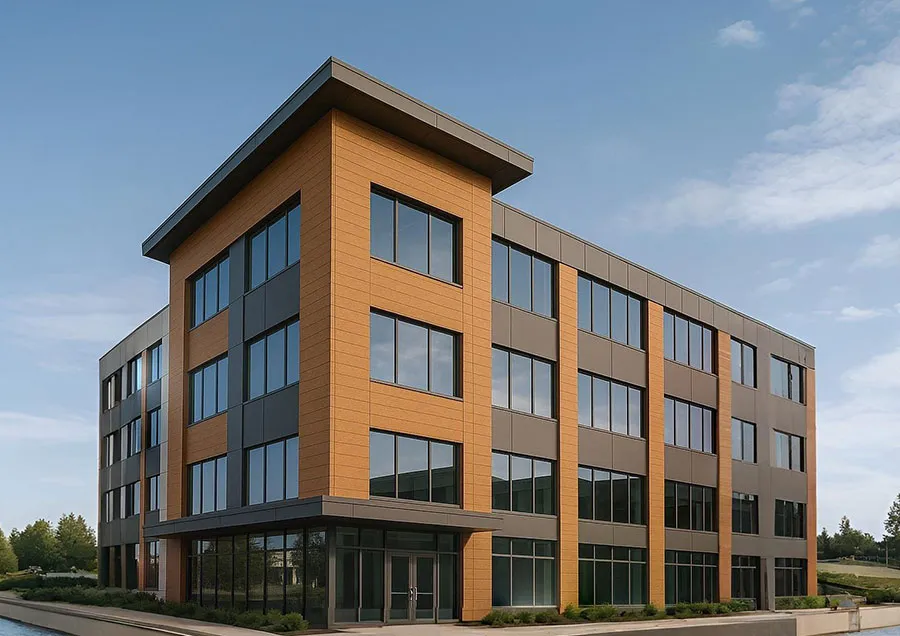ACP Sheets vs. Traditional Cladding Materials: Why Choose ACP Sheet for Exteriors?
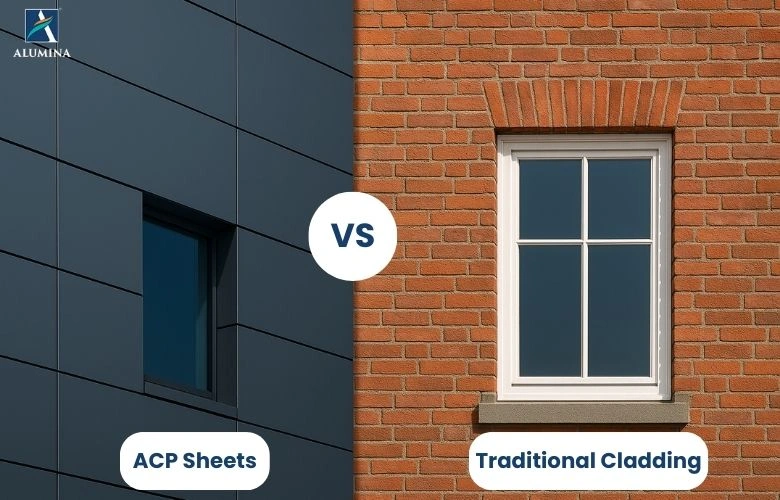
When it comes to building exteriors, looks aren’t everything—durability, cost-efficiency, and weather resistance are just as important, if not more.
Traditional cladding materials like stone, brick, and wood have been used for ages, but in today’s fast-paced construction world, they’re not always practical. That’s where ACP sheet come in—a sleek, lightweight, and future-ready alternative that’s quickly becoming the go-to choice for architects and builders.
Let’s break this down like we’re just chatting over coffee. Because whether you’re renovating, building from scratch, or just curious, knowing what makes sense in today’s world can save you a lot of time, money, and regret.
What’s the Big Deal About ACP?
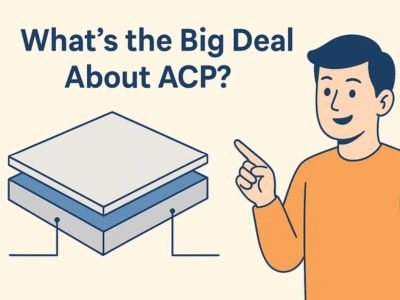
First things first, ACP stands for Aluminium Composite Panel. It’s like a sandwich, two outer layers of aluminium and a core material in between (which could be polyethylene or a fire-resistant mineral). The result? A super-light, durable panel that looks sleek and is surprisingly versatile.
It’s the kind of thing that might not catch your eye at first, but once you start noticing it, you’ll see it everywhere.
Old Materials Have Their Charm, But Also Their Baggage
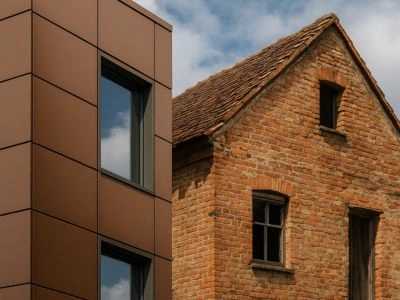
Brick, stone, wood, they all have history. They’ve been around for centuries, and for good reason. They look great and bring character to buildings.
But let’s be honest: they also come with issues.
They’re heavy. Installing them takes time, and you often need skilled labor. Plus, over time, they wear down. Paint peels, wood rots, stone chips.
So while these materials feel “real” and have that rustic or heritage vibe, they don’t always work for modern buildings, tight budgets, or places with extreme weather.
Why Are More Builders Picking ACP Sheets for Exterior Cladding?
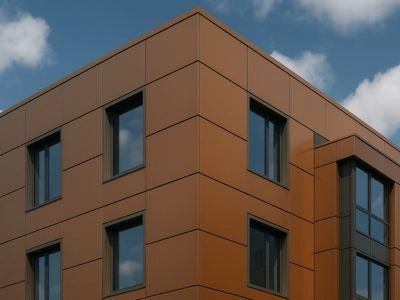
ACP Sheets Are Light, and That’s a Big Deal
One thing that surprises most people about ACP sheet for exterior use is just how light it is. That makes a huge difference during construction. You don’t need cranes or reinforced support. It’s easy to move, cut, shape, and fix.
This also means faster installation. So if you’re working on a deadline or just don’t want a project dragging on forever, ACP makes life easier.
Style That Can Keep Up
With traditional materials, you’re a little limited. Stone is stone. Wood is wood. Sure, you can stain or polish them, but you can’t make them do things they weren’t meant to.
ACP sheets, though? Total chameleons. They come in matte, gloss, metallic, wooden textures, and even funky printed finishes. Want a copper finish without the weight and price of real copper? Done. Want something that looks like marble but doesn’t crack easily? Easy.
That kind of flexibility is gold for architects and designers. You get the exact look you want without compromising on budget or performance.
Built to Handle the Elements
We all want exteriors that can hold up against sun, rain, wind, dust, and whatever else the environment throws at them. With traditional cladding, you often need regular upkeep. Paint fades. Wood needs polishing. Stone gets moldy or starts chipping.
ACP sheets for exterior use are different. It doesn’t absorb water, doesn’t warp in heat, and doesn’t rust. It looks good for years with minimal fuss. Wipe it down once in a while, and it’s back to its best.
And What About Safety?
Safety is non-negotiable, especially in tall buildings or public spaces. If you’re thinking about wood or low-quality materials, there’s always a fire risk. But many modern ACP sheets come with fire-retardant cores. That means if a fire does break out, the cladding won’t help it spread.
Plus, ACP has decent insulation properties. It can help keep interiors cooler in summer and a bit warmer in winter. That’s not just good for comfort, it also lowers electricity bills over time.
Long-Term Costs? ACP Wins Again
Let’s talk about money. At first glance, traditional cladding might seem affordable, until you factor in installation, labor, treatment, and maintenance. Over time, those costs add up.
ACP sheet for exterior, on the other hand, are cost-effective in the long run. Lower labor costs, faster installation, and barely any maintenance. And because they last longer, you won’t need to replace them anytime soon. If you’re building for the long haul, they just make sense.
Going Green? ACP Can Help
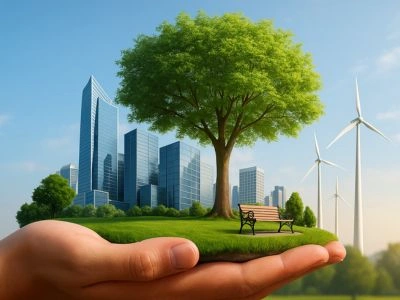
If you care about the environment (and we all should), ACP has something to offer. Aluminium is 100% recyclable. And many ACP sheets are made using recycled materials. Also, because the sheets are light, transporting them uses less fuel. Less energy. Fewer emissions.
Add to that the energy savings from insulation, and you’ve got a product that fits well in sustainable building projects.
Final Word: It’s Not Just About Looks
Choosing between ACP sheet for exterior and traditional materials isn’t just about how things look. It’s about function, longevity, safety, cost, and practicality.
If you want something timeless and don’t mind the effort, stone or brick might still be your go-to. But if you’re aiming for something sleek, low-maintenance, budget-friendly, and future-proof, ACP is probably the smarter choice.
And let’s face it, buildings these days aren’t just made to look good on day one. They’re meant to last. And ACP? It’s built for that.

Leading ACP Sheet Manufacturer
As a proud representative of Alumina ACP, a premier manufacturer of Aluminum Composite Panels, I bring a wealth of expertise in acp sheets and addressing diverse architectural needs with innovative solutions. Join me on this journey of exploration and discovery!
